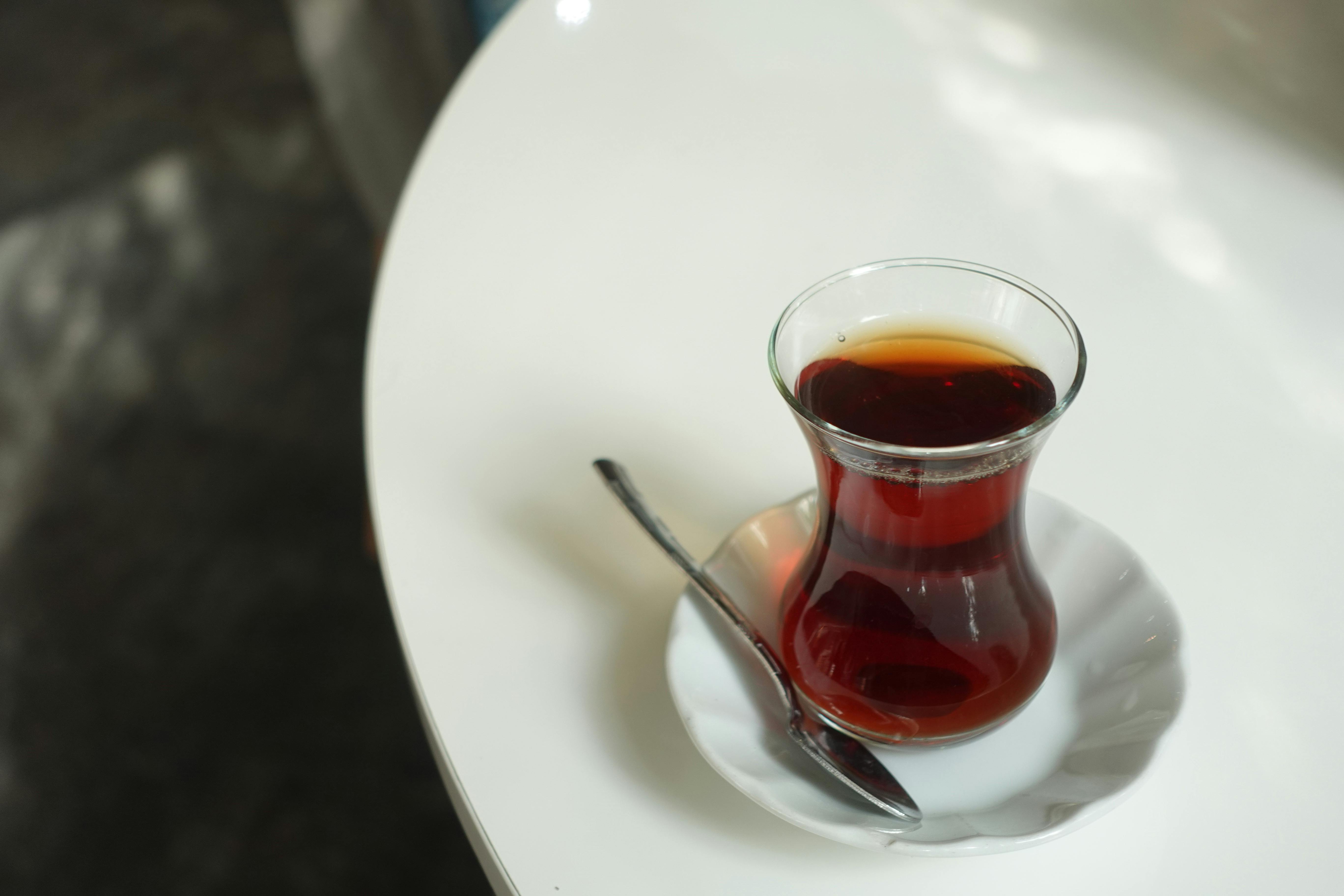Simple distillation and fractional distillation are two methods used to separate mixtures. Both techniques have their advantages and disadvantages, and each process is better suited for certain tasks. In order to decide which is best for a particular application, it is important to understand the differences between the two processes. This introduction will discuss the differences between simple and fractional distillation, the advantages and disadvantages of each technique, and when each should be used.Simple distillation is a process used to separate components of a liquid mixture based on their different boiling points. This method involves heating the mixture to a temperature where at least one component evaporates and then condensing that vapor back into a liquid form. The condensate is then collected and can be further processed or used as is. Simple distillation is an effective way to purify liquids that have two or more components with significantly different boiling points.
What Is Fractional Distillation?
Fractional distillation is a process of separating a mixture of two or more liquids with different boiling points. It is a special type of distillation that involves the vaporization and condensation of the components in the mixture, which are then fractionally collected from the condenser. Fractional distillation is used to purify liquids, separate mixtures, and extract essential oils from plants. It is also used in the production of industrial chemicals and in petroleum refining.
The process of fractional distillation involves heating a mixture to its boiling point, which causes it to evaporate. The vaporized mixture then travels through a column filled with packing material, such as glass beads or metal plates. As the vapor rises up the column, it cools and condenses into liquid droplets. These droplets are then collected at different points along the column, based on their boiling points.
The components with higher boiling points condense higher up in the column and those with lower boiling points condense at lower levels. This process can be repeated several times until pure fractions are collected from each component
Advantages of Simple Distillation
Simple distillation is a process used to separate liquids from each other based on their different boiling points. This process can be used to extract compounds from mixtures or to purify a solution. One of the main advantages of simple distillation is its effectiveness in separating liquids with a small difference in boiling point. In addition, it is relatively easy to use and does not require expensive equipment. Simple distillation can also be used on large volumes of liquid, making it suitable for industrial applications. Furthermore, the process is relatively quick compared to other separation techniques such as fractional distillation.
Another advantage of simple distillation is its ability to separate volatile components from non-volatile components. This makes it useful for the purification of solvents or other compounds that have low-boiling points. Additionally, it can be used to remove impurities from a solution before further processing or analysis takes place. Finally, simple distillation can be used to separate liquids with similar boiling points that are not miscible in each other, such as water and ethanol.
Advantages of Simple Distillation
Simple distillation is a process that is used to separate liquid mixtures by boiling point. It is a relatively inexpensive and easy process to perform. One of the main advantages of simple distillation is its ability to produce a fairly pure product. Since the boiling points of the different components in the mixture are usually quite different, it allows for the separation and collection of each component. This results in a significantly higher purity level than other methods such as fractional distillation. Additionally, simple distillation does not require the use of complex equipment, meaning that it can be used in situations where more sophisticated methods are not available or practical.
Another advantage of simple distillation is its relatively high speed compared to other processes. Since it does not involve any chemical reactions, simple distillations can be completed in much shorter amounts of time than more complex processes like fractional distillation. This makes it an ideal choice for applications where time is a critical factor and it also helps to reduce costs associated with labor and energy consumption.
Disadvantages of Simple Distillation
Advantages of Fractional Distillation
Fractional distillation has several advantages over other distillation methods. It is a highly efficient process which can separate different components of a liquid mixture based on their boiling points. This makes it ideal for separating liquids with a wide range of boiling points, such as crude oil or ethanol mixtures. It also allows for the precise control of the temperatures and pressure in the system, making it suitable for applications requiring exact separations.
Fractional distillation is also more cost-effective than other distillation methods, as it requires less energy to operate and can be easily scaled up or down depending on the volume of material to be separated. Additionally, fractional distillation does not require any solvents or special equipment, making it easy to use and maintain. As a result, fractional distillation has become an essential tool in many industrial processes.
Finally, fractional distillation is much faster than other types of distillation processes and can produce a high-purity product quickly and efficiently. This makes it ideal for applications where time is of

Advantages of Fractional Distillation
Fractional distillation is a process that separates compounds in a mixture based on their different boiling points. It is one of the most popular techniques used in laboratories and industries due to its numerous advantages. The main advantage of fractional distillation is its ability to separate components in a mixture that have similar boiling points but different chemical properties. This allows for a more precise separation, which can lead to purer products. Additionally, fractional distillation can be used for complex mixtures with an unlimited number of components. It also allows for the separation of liquids from solids, which makes it extremely useful in the food and pharmaceutical industries. Furthermore, fractional distillation is relatively inexpensive and easily accessible.
Disadvantages of Fractional Distillation
Despite its many advantages, fractional distillation also has some disadvantages. One disadvantage is that the process requires high temperatures and pressures, making it potentially hazardous if not handled properly. Additionally, it may be difficult to separate certain mixtures due to their complex nature or because they have very similar boiling points. Moreover, some
Simple Distillation and Fractional Distillation
Simple distillation and fractional distillation are two different types of distillation processes used to separate a mixture of liquids. In simple distillation, a mixture is heated until it vaporizes and then the vapors are condensed back into liquid form. This process is repeated until the desired components of the mixture are separated.
Fractional distillation involves multiple condensation-vaporization cycles in order to separate components with different boiling points. In this process, the mixture is heated until it vaporizes and then passed through a fractionating column containing many small plates or trays. As the vapors rise up through the column, they come in contact with these plates which cool them down and cause them to condense back into liquid form. The components with lower boiling points will condense at lower points in the column while those with higher boiling points will condense at higher levels in the column. By controlling temperature and pressure, different fractions can be removed from the column at various levels.
The main difference between simple and fractional distillation is that fractional distillation allows for more precise separation of components than simple distillation since
How Does Simple Distillation Work?
Simple distillation is a process that separates components of a liquid mixture by boiling point. It is a form of physical separation that involves heating the mixture, evaporating the components with lower boiling points and condensing the vapors back into liquid form. In order to separate components of a mixture, the mixture must contain two or more compounds that have different boiling points. This ensures that each component will boil at a different temperature.
The process begins by heating the liquid mixture until it reaches its boiling point. The heat causes some of the liquid to vaporize and rise in the distillation flask, while other components remain in the flask as a liquid. The vapor then passes through a condenser, which cools down the vapor and turns it back into a liquid state. This condensation process separates each component from each other, allowing them to be collected separately and used for various purposes.
The efficiency of simple distillation depends on several factors including atmospheric pressure, volume of the mixture, container size and shape, temperature, and humidity levels. When done correctly, simple distillation can be used to separate mixtures into relatively pure individual components with minimal

Conclusion
Simple distillation is more cost-effective and easier to operate than fractional distillation, making it the ideal choice for most everyday uses. However, fractional distillation is a more efficient process that can be used to separate more complex compounds and achieve higher purity levels. Therefore, it is important to consider the purpose of the distillation before deciding which process to use.
Ultimately, both simple and fractional distillation are useful tools for separating and purifying liquids. The choice between the two processes should be based on the desired outcome and cost considerations. With a thorough understanding of both technologies, you can make an informed decision about which type of distillation best suits your needs.

